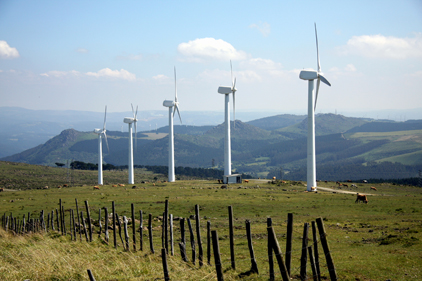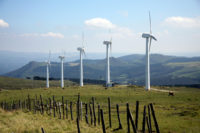The U.S. Department of Energy (DOE) recently announced a new report showing steady progress for the U.S. offshore wind energy industry over the past year. The report highlights 14 projects in advanced stages of development, together representing nearly 4,900 megawatts (MW) of potential offshore wind energy capacity for the U.S. Further, this year’s report highlights global trends toward building offshore turbines in deeper waters using larger, more efficient turbines that increase the amount of electricity delivered to consumers.
This year’s “Offshore Wind Market and Economic Analysis,” produced by Navigant Consulting for the DOE, found that there is significant potential to increase U.S. electricity capacity and create jobs through the further development of the U.S. offshore wind industry. In addition, it also outlines policy developments that are influencing the offshore wind market.
The 14 U.S. projects examined in the report can now reportedly be considered in advanced stages of development, meaning they have either been awarded a lease, conducted site studies, or obtained a power purchase agreement. As these projects continue to advance, they will provide valuable data that will support the growth of the country’s emerging offshore wind industry.
The report also finds that globally, developers continue to build offshore wind projects farther from shore in increasingly deeper waters, while increased turbine sizes and hub heights enable higher efficiency and output from turbines. Worldwide, the average capital cost for offshore wind projects completed in 2013 fell 3.7% per kilowatt-hour from 2012, with an additional decrease expected in 2014. Total project installation costs have fallen 6% since 2011. \
For more information, visit http://energy.gov.

